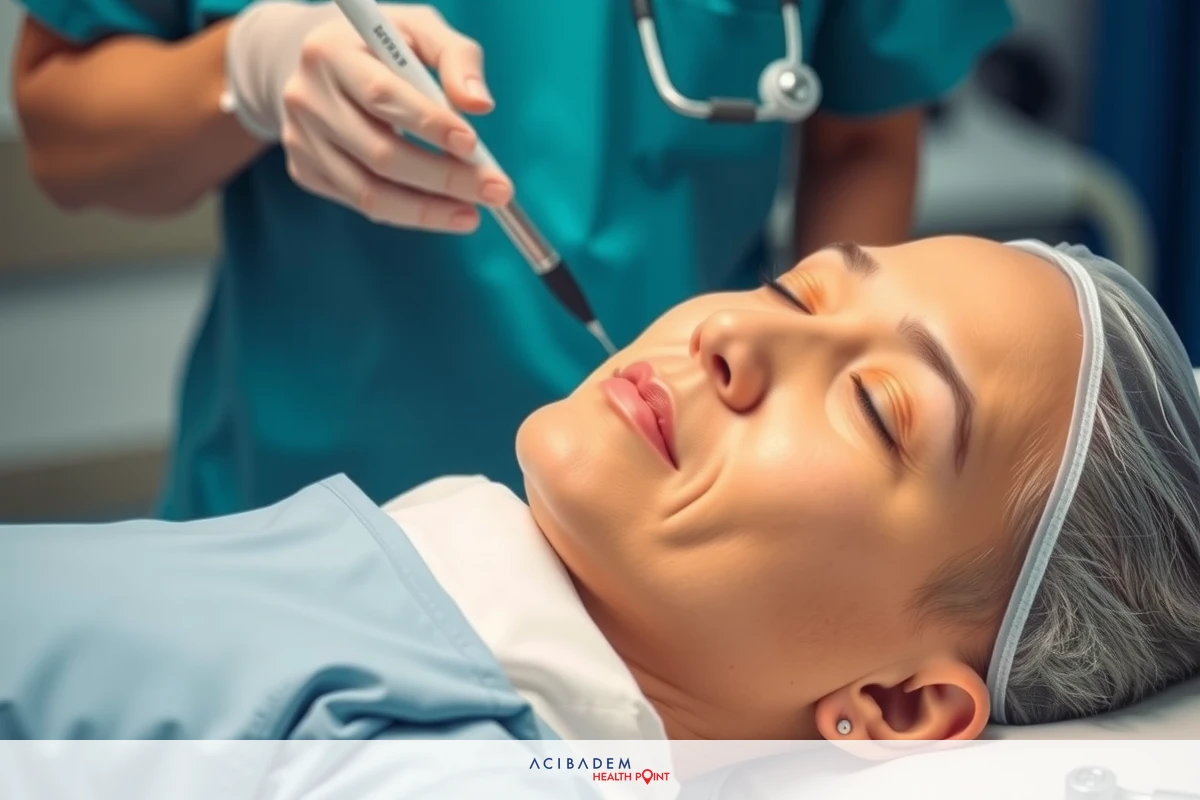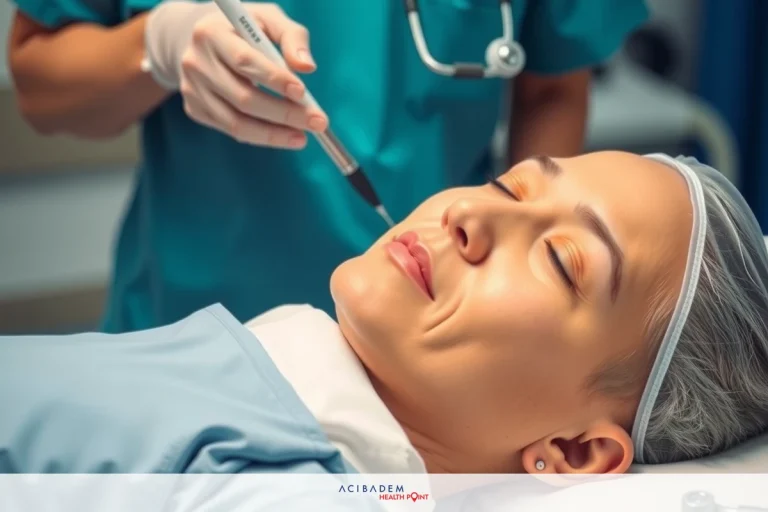What Is a Rhinoplasty Procedure
What Is a Rhinoplasty Procedure Rhinoplasty often stirs intrigue and curiosity. After all, it is an intricate process involving careful reshaping and reconstruction of one’s nasal structure. Despite its prevalence in cosmetic surgery discussions, many remain unaware of the specific steps involved in this procedure.
Preparation for rhinoplasty requires thorough consultation and meticulous review of medical history; expectations are set here as well. The actual surgical process involves anesthesia administration, strategic incisions, precise reshaping tasks followed by sutures application. Post-surgery care is equally important: recovery management focuses on pain alleviation, swelling reduction while scheduling follow-up appointments ensures optimal healing outcomes.
Preparing for Rhinoplasty
Rhinoplasty, commonly recognized as nose surgery, is a procedure that requires ample preparation. The process doesn’t begin on the operating table but during an initial consultation with your surgeon. This first step forms the bedrock of a successful rhinoplasty journey and cannot be overlooked. Your medical history isn’t just a set of notes in this context; it’s a roadmap guiding your surgeon through potential pitfalls and points to consider.
A crucial part of preparing for rhinoplasty involves setting realistic expectations. It’s essential to remember that while this procedure can dramatically enhance one’s facial aesthetic, there are limits to what can be achieved surgically. Open dialogue between you and your surgeon about desired outcomes serves not only to temper expectations but also helps create a more tailored approach towards achieving those goals.
Lastly, preparing for any surgical procedure must include discussions around risk factors and potential complications rhinoplasty is no exception here either. Understanding these elements before undergoing nose surgery contributes significantly towards making informed decisions and fostering better overall satisfaction post-surgery. The right kind of preparation ensures that you venture into this transformative journey well-equipped with knowledge, confidence, and anticipation.
The Rhinoplasty Procedure
Rhinoplasty, or nose surgery, is a procedure that demands precision and finesse. It begins with the administration of anesthesia to ensure comfort throughout the
process. The choice between general anesthesia and intravenous sedation depends on individual circumstances and preferences; this decision is made in collaboration with your surgeon and anesthesiologist.
Upon ensuring patient comfort through anesthesia, the next step involves making incisions within the nose. These strategic cuts provide access to bones and cartilage that support the nasal structure. Incisions are usually made inside your nose so they’re invisible after surgery, although some types of rhinoplasty may require small bridging incision across skin separating nostrils known as columella.
The most intriguing part of a rhinoplasty procedure lies in reshaping where artistry meets surgical skill. Dependent on individual requirements, surgeons may augment nasal structures using cartilage grafted from other parts of your body commonly from septum or ear but occasionally ribs too if large amounts are needed. In cases where noses have been previously over-resected, grafts serve to recreate natural contours while providing necessary support.
Finally comes suturing: closing up those carefully placed incisions post-reshaping work completion. Depending upon complexity involved during reshaping phase or if it’s a revision rhinoplasty case; absorbable or non-absorbable sutures could be used for closure purposes respectively deciding which one best fits each unique

scenario falls under surgeons expertise domain.
Recovery and Aftercare
The recovery phase post-rhinoplasty is as crucial as the procedure itself. It’s a time when your body works tirelessly to heal, adapt, and adjust. During this period, you may experience some swelling around the nose area it’s a completely normal part of the healing process. Keeping your head elevated during sleep can help alleviate this swelling.
Pain management plays an instrumental role in ensuring a smooth recovery after rhinoplasty surgery. Your surgeon will provide specific guidelines on over-the-counter medications or prescribe stronger pain relief if necessary depending on individual pain tolerance levels and overall health status; adherence to these instructions is paramount for optimal comfort during recovery.
Follow-up appointments form another critical component of successful post-surgery care after rhinoplasty. These scheduled check-ins allow your surgeon to monitor progress closely, ensure proper healing, address any concerns that might arise promptlythese visits act like milestone markers along road towards full restoration of function with added aesthetic value from procedure undertaken.
Remember: every patients journey through nose surgery differs based on their unique anatomy, desired outcomes from procedure pursued and also physical response towards surgical intervention done – so does their pathway towards complete recovery! The key lies in being well-informed about all aspects surrounding rhinoplasty while maintaining open communication lines with your healthcare provider at all timesthis paves way for a fruitful transition before-during-after undergoing transformative nose surgery.
Frequently Asked Questions
What is the ideal age to undergo a rhinoplasty procedure
The ideal age for rhinoplasty varies with the reasons behind pursuing it. For cosmetic purposes, it's often recommended that patients wait until their nasal bone has finished growing typically around 16 for girls and slightly later for boys.
How long does swelling last after nose surgery?
Swelling is part of the natural healing process post-rhinoplasty. While major swelling subsides within a few weeks, minor swelling may persist up to a year or longer. However, this residual inflammation usually isn't noticeable to others and tends to resolve fully over time.
Can I return home on the same day as my rhinoplasty procedure?
Rhinoplasty is typically an outpatient procedure, meaning you should be able to return home on the same day once effects of anesthesia have worn off; however individual circumstances might require overnight hospital stay.
Will there be visible scars after undergoing rhinoplasty?
Surgeons aim to make incisions inside your nose during a rhinoplasty which minimizes any visible scarring. In certain cases where an external cut is necessary (like in open type), potential scar across columella base remains well-hidden owing its location at underside tip point between nostrils.











